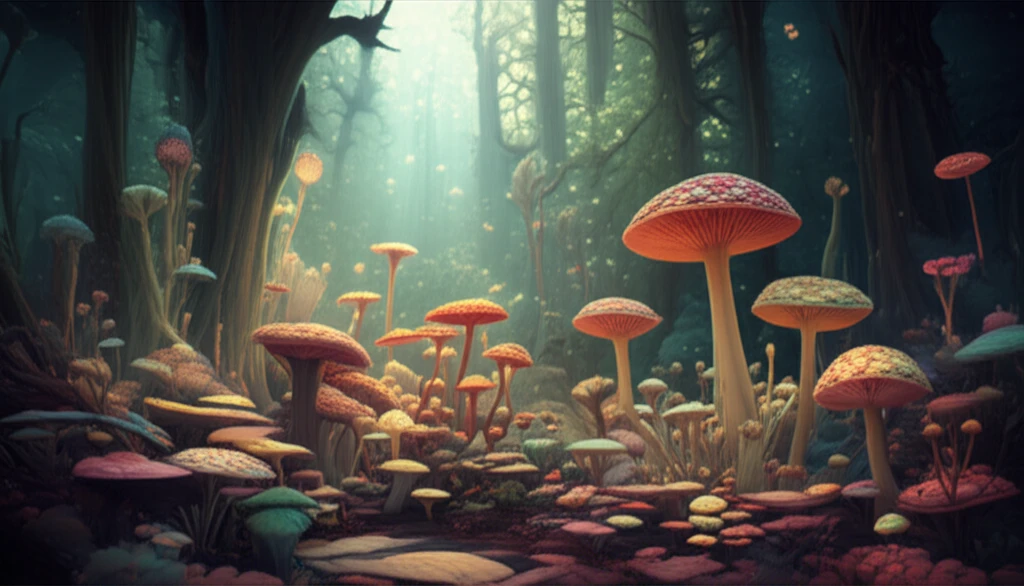
Unlocking Nature's Secrets: The Hidden World of Mushrooms and Their Benefits
"Dive into the enchanting realm of mushrooms and discover their surprising biodiversity, medicinal properties, and ecological importance."
For centuries, mushrooms have captivated researchers and enthusiasts alike. While often overlooked, these fungi play a vital role in ecosystems around the world. Recent explorations in India's Patharia forest have unveiled a fascinating array of mushroom species, each with unique characteristics and potential benefits. This article delves into the biodiversity of mushrooms, focusing on their ecological importance, medicinal properties, and the need for further research.
Mushrooms are more than just a culinary delight; they are essential components of healthy ecosystems. Acting as nature's recyclers, they break down organic matter, enriching the soil and supporting plant life. Beyond their ecological roles, many mushrooms possess medicinal properties, offering potential treatments for various ailments. Traditional medicine has long recognized these benefits, and modern science is beginning to unravel the secrets behind their healing powers.
The Patharia forest in India is a biodiversity hotspot, harboring a wide variety of plant and animal life. Among its hidden treasures are numerous mushroom species, each adapted to the forest's unique environment. From edible varieties to potent medicinal fungi, the mushrooms of Patharia forest offer a glimpse into the untapped potential of the natural world. As we explore this fascinating ecosystem, we'll uncover the importance of conservation and sustainable use of these valuable resources.
Why Mushroom Biodiversity Matters: Exploring Ecological and Medicinal Roles

Mushrooms are critical players in maintaining ecological balance. Their ability to decompose organic matter makes them essential for nutrient cycling in forests and grasslands. By breaking down dead plants and animals, mushrooms release vital nutrients back into the soil, promoting healthy plant growth. This process not only sustains the ecosystem but also helps to sequester carbon, mitigating the effects of climate change.
- Ecological Importance: Mushrooms act as primary decomposers, breaking down organic matter and recycling nutrients.
- Mycorrhizal Associations: They form symbiotic relationships with plants, enhancing nutrient uptake and overall plant health.
- Carbon Sequestration: Mushrooms contribute to carbon sequestration by storing carbon in their mycelial networks.
- Habitat Provision: They provide food and shelter for various insects and animals, supporting biodiversity.
Protecting Our Fungal Future: Conservation and Sustainable Use
The study of mushroom biodiversity in the Patharia forest underscores the need for conservation and sustainable use of these valuable resources. Habitat loss, pollution, and over-collection pose significant threats to mushroom populations, potentially disrupting ecosystems and depriving future generations of their benefits. By promoting responsible harvesting practices, protecting natural habitats, and investing in further research, we can ensure the long-term survival of these fascinating fungi and unlock their full potential for human well-being.
